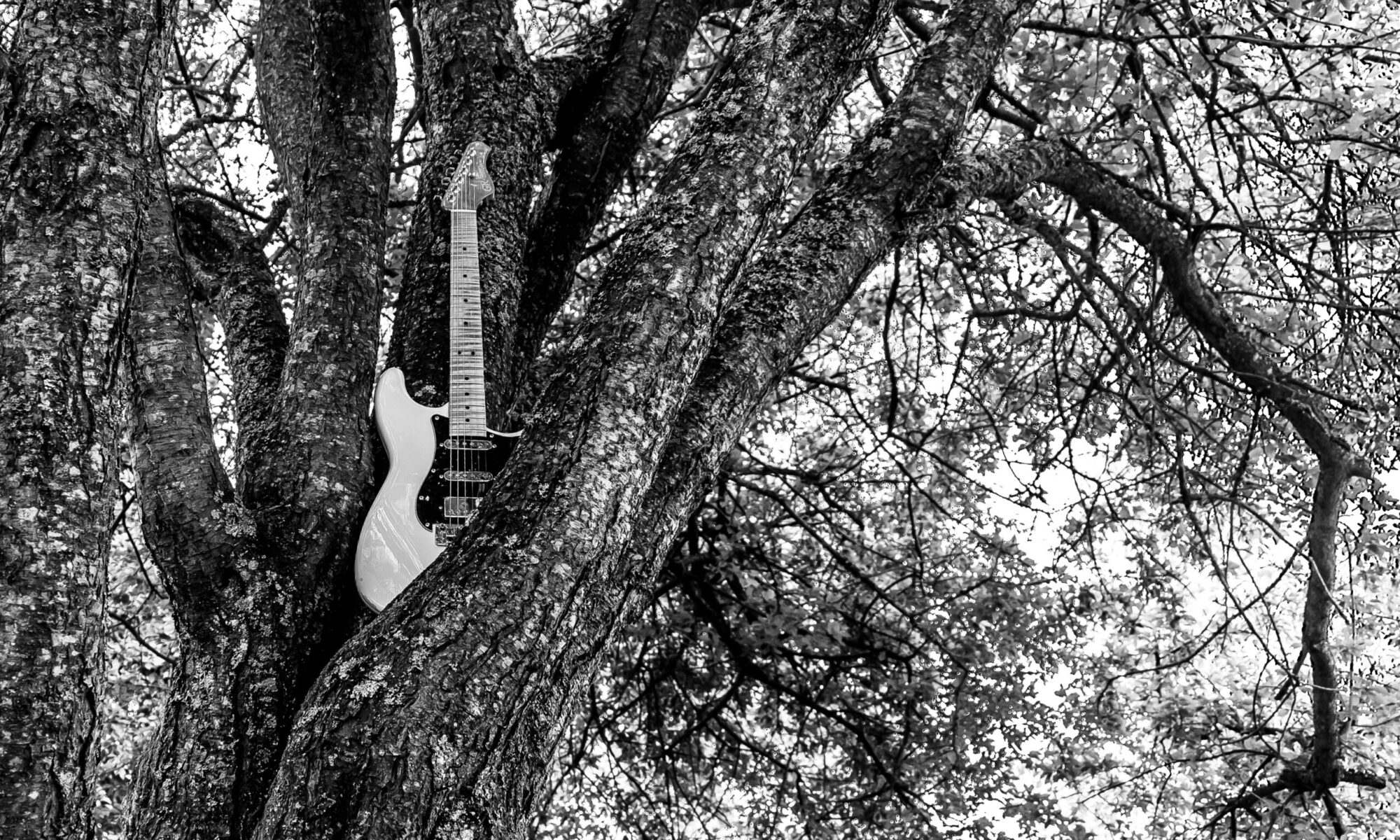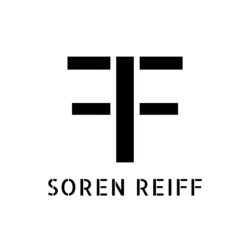When I returned to the hastily recorded idea of “Saturday Brunch”, a couple of days later, I still liked the chord progression and the theme – so I started arranging the music and programming a demo track of the song.
In a situation like this, 9 out of 10 times I’ll start with the drums. I have a few kits that I always aim for when making neutral sounding demo’s. By “neutral”, I mean that it’s going to sound like a standard drum kit, not too fancy, not too artificial and not dictating a certain style … kind of open for “everything”.
I found one of those drum kits in my sound library, and started constructing the basic groove. I always make a pattern of one or two bars and copy them out to make a longer section. After that, I start adding fills or variations that can mark either a 4- or 8-bar duration. I approached this track the same way and when this was done I started the groove and tried to play the chord changes on my guitar to the programmed drum track. I realized that I had to adjust the bass drum in every second bar so it supported the way I played the chords better.
After that I started to develop a bass line. Again I searched for a neutral sound. I often use some of the basses from the Scarbee collection, as they sound really good and authentic. When I started messing around with the bass sound I came up with the lifted arpeggio line at the end of the vamp, inspired by the drum groove. But the ascending arpeggio line also invited “the drummer” to support that, so I had to make some adjustments in the drum parts again.
Since I was working backwards and forwards with moving parts, testing if a chord or bass note sounded better if it was lifted instead of coming right on the downbeat, I decided to program a piano part. This would make it a lot easier to move the chords around instead of recording guitar chords played on different beats again and again.

So I programmed a piano, playing pretty much what I had intended to play on the guitar. Soon I realized that an organ sound might be more appropriate – it’s easy and fast to change the sound or instrument, when your are working with midi. You can keep the programmed data, and just change the sound – love it.
Why did I choose organ instead of piano? I realized that the way I had played the chords on my first demo, was with a very soft attack, since I played the upper parts of the chords with my right hand fingers instead of a pick. A piano was too hard in the attack, so the organ’s attack matched the guitar sound much better.
Here’s how the a-part sounded when I was done with the programming:
Saturday_Demo_Dr_Bass_Org_SR
When that was done I tried to play the theme on my guitar to the demo … it was fun and inspiring. I realized that I had to make some kind of intro so I didn’t start right on the theme. I copied the a-part you just heard, removed the organ to make some space, and tried to remove a few parts in the drums. That way the intro became more simple and made more room for fun and jamming. When that was done I was ready for recording the theme guitar again and that ended up being the guitar part I used for further development of the track, and what the musicians recorded along to, later on.
Here’s how the demo sounded at the end of the day with a re-recorded theme guitar:
Saturday_Demo_WithNewGuit_SR
Next time I write about this you can hear what happens to the track when some of the programmed stuff is trashed and real musicians are adding soul, groove, personality and variations to a tune like this.
All the very best
Soren


Abso-frikkin-lutely LOVE it!
THANK U … I appreciate that!